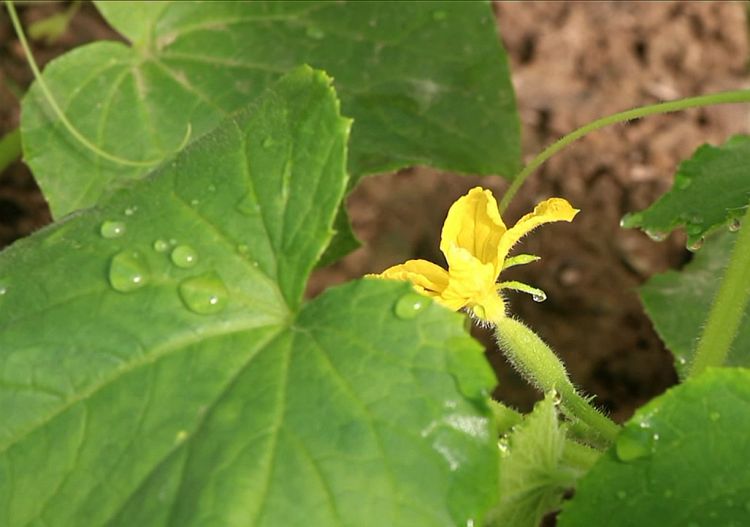
Cucumbers prefer a moist and warm environment, but when the rain pours, without stopping for several days in a row, and the air temperature drops, for them such conditions become threatening. The ovaries on the lashes cease to form, the leaves turn yellow prematurely and fall off, the roots of the plant undergo fungal diseases. Gardeners are not able to change the weather, but to save the crop of cucumbers is their concern and problem, and they successfully cope with it.
Content
Plant protection during prolonged rains
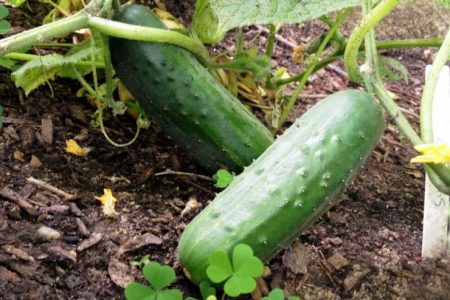
It is necessary to prepare for protracted rains, outline a work plan, stock up on some means to protect the plantings during bad weather. Water-loving plants such as cabbage are even happy with an endless stream of water, but cucumbers can not resist and die from the cold or disease. It is necessary to protect them, insulate, feed and eliminate the risk of disease.
How to warm
The first thing to do is to maximally insulate the plantings of cucumbers. There are several options:
- Make additional drainage around the beds so that the water drains and does not stagnate on the surface.
- The easiest way is to install arcs and cover the landings with foil.
- Mulch the beds with a thick layer of straw, dried grass, wood shavings, but before that it is necessary to drain or drain the surface of the earth, diverting water to the side.
- Water even gets into the greenhouses, because there is an underground movement of the stream, the air humidity rises significantly here. It is necessary to ventilate the greenhouse more often, avoiding drafts.
In regions where heavy and prolonged rains are not uncommon, gardeners build special insulated beds under cucumbers: elevated, deep or at ground level. The basic principle of arranging such beds is to use a thick layer of rotted manure, compost, plant waste from the garden and vegetable garden. All these materials are filled up with a layer of up to 50 cm to the places of future beds and well-packed, on top - garden soil 15-20 cm.
In the process of decaying waste, the heat necessary for cucumbers is generated, in addition, such structures easily pass water, preventing it from accumulating at the roots of the plant. During the season, they do not need special top dressing under the root. Ready-made beds can last up to 3-4 years, after which rotted and decomposed components should be updated.
As a warming material, if there are no other components, you can use mowed grass, but such a bed will be useful for 1-2 seasons. Plant residues of diseased plants must not be added to waste; they must be disposed of.
What to feed
Healthy and strong plants more resistant to all natural disasters, but they are also at risk during long-term rainfall. Water quickly leaches all nutrients from the soil, cucumbers begin to feel their lack, and weaken. If the rain pours without stopping, it is necessary to feed the seedlings more often than usual every 2-3 days. Naturally, such a number of treatments takes a lot of mineral fertilizers, and they are washed faster, so gardeners in this case use the most inexpensive and affordable means:
- iodine solution - an antiseptic that protects cucumbers from late blight and gray rot, trace elements contained in it strengthen the plant's immunity and restore energy balance;
- soda-soap solutions - suitable for foliar treatment of leaves and shoots of cucumbers, protect them from the effects of fungal diseases;
- extracts from cow and poultry manure - little is needed for such fertilizer solutions: 0.5 kg and 0.1 kg of components are added to a bucket of water, respectively, they are left to stand for several hours, and filtered. Cucumbers are watered or sprayed 1-2 times a week;
- ash and ash infusions - work like potash top dressing. The powder is scattered on the soil surface in a thin layer, the top part of the plant is treated with infusions: leaves, shoots, ovaries.
Weak plants during the rainy season begin to show signs of disease, the development of which must be immediately prevented.
First aid for the disease
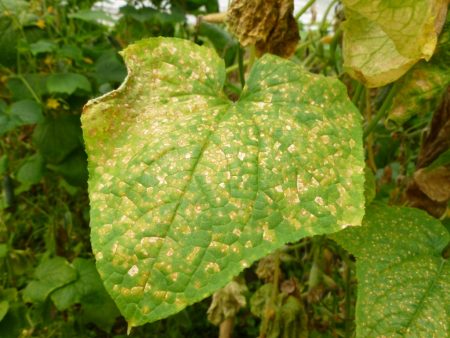
It happens that it is not possible to quickly carry out protective measures on beds with cucumbers before heavy rainfall occurs. Subsequently, you can find the first symptoms of diseases on cucumber leaves and shoots. Diseases can be different and first aid should be provided accordingly (see table).
| Possible diseases after heavy rains | Symptoms | Treatment |
| Powdery mildew | Small spots of white color appear on the leaves, growing, the fungus covers the entire leaf plate, the plant dries and dies | Tear off the affected leaves, treat the whole cucumber bed with chemicals such as Topaz, HOMA, colloidal sulfur or mullein, sour milk. Processing 1 time in 7-10 days |
| Peronosporosis | Symptoms are similar to powdery mildew | Stop feeding and watering. Spray cucumbers once a week: with solutions of polycarbacin or Bordeaux mixture |
| Sclerotinia (white rot) | Slippery white clots appear on the plants, which darken over time, shoots and ovaries become soft and rot. | Remove the infected parts of the plant, treat with lime or charcoal the places of cuts. Feed the cucumbers with a solution: 10 l of water + 10 g of urea + 1 g of zinc sulfate + 1 g of copper sulfate. |
| Gray rot | At the base of the receptacle there is a fleecy lump of gray color | Cancel watering cucumbers for 2-3 days, remove all affected leaves and shoots, spray Trichodermin, Fitosporin or HOM |
| Root rot | The stems and the root neck are thinning, the roots become brown, dry out and die | Remove all diseased plants from the garden. For prevention purposes, clear healthy roots 10 cm from the soil, sprinkle the formed holes with chalk or ash, leave for 2–3 hours to ventilate, fill the pits with earth. |
| Anthracosis | Many yellow-brown spots form on the leaves, cucumbers become ulcerated | Spray plantings with Bordeaux mixture or vitriol, pour charcoal or lime on the surface of the soil |
| Yellowing leaves | Symptoms are visible - yellow leaves | Feed cucumbers with ash solution or onion husk infusion |
The diseases listed in the table can occur and develop due to a sharp decrease in air temperature and excessive soil moisture. Gardeners warned by weather forecasters about the approaching lingering rains, try to prevent complications in the beds with cucumbers, carry out preventive treatments in advance. They take measures to protect cucumbers from the cold, warming the beds with improvised materials.
Chemicals and fertilizers are sold in packages with attached instructions. Follow the requirements specified in it, especially with regard to the dosage of drugs. Do not allow concentrations of solutions higher than those recommended by the manufacturer.
Additional security measures
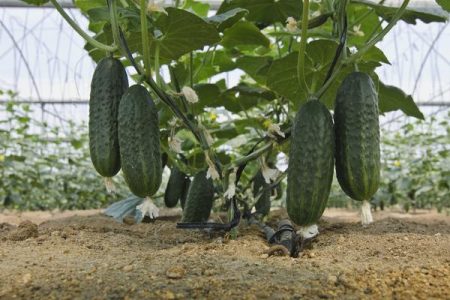
Prudent gardeners, knowing that the rainy season is coming, take the following protective measures:
- Large lower leaves on the lashes of cucumbers are torn off so as not to provoke the appearance of yellow spots and their further spread to the whole plant.
- Remove extra lateral shoots, pinch the tops of the remaining vines, thin out thickened bushes.
- After the rainy season, you need to loosen the soil in the beds so that the moisture evaporates faster.
- At the same time, spray the cucumbers with a soda solution: 10 l of water + 30 g of soda + 20 g of laundry soap.
- In greenhouses, airing is carried out to normalize humidity.
Conclusion
Our landings are completely dependent on us, but even a person is not in control of the weather. Caring gardeners are not inclined to lose heart. They take all possible measures, fighting to save the crop. It is much easier to grow cucumbers in insulated greenhouses, but it is not always possible to purchase and equip such premises. In this case, savvy and good advice from experienced gardeners comes to the aid of plant growers.

Useful tips from gardeners
Nikita, 37 years old, Saransk
It is not uncommon for us to rain, the summer is cool, and it lasts for weeks, so I plant cucumbers in barrels. I collect used containers wherever possible. Not everyone is suitable, you can’t use an iron and plastic barrel, they get too hot. I fill half of the barrel with gravel or broken brick, the other with ripened compost. Everything works fine: rainwater does not stagnate at the roots, compost serves as fertilizer and warming material.
Anna, 43 years old, Voronezh
My husband built tall beds about 30 cm high for cucumbers. In the spring, we lay branches of cut trees, kitchen waste and mowed grass at the bottom, this is for warming. To shelter from the rain, it is easy to build a temporary canopy of any available materials: polyethylene, tarpaulin, pieces of linoleum. For prevention from diseases I spray cucumbers with soda solution, and sprinkle the soil with ash.
Marina, 39 years old, Novokuznetsk
During rains that pour for several days, I try to warm the beds than I can. To do this, the same straw, laid on installed supports at an angle, rainwater flows down it, without falling into the beds. I also mulch the soil with straw and slightly compact it with a rake. After 2-3 days of continuous rainfall, I feed the cucumbers with complex fertilizers, spray them or leaves and pour them under the root.

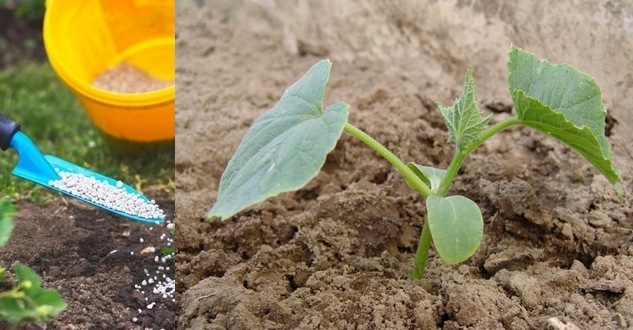
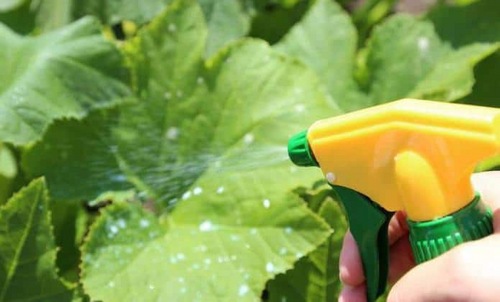
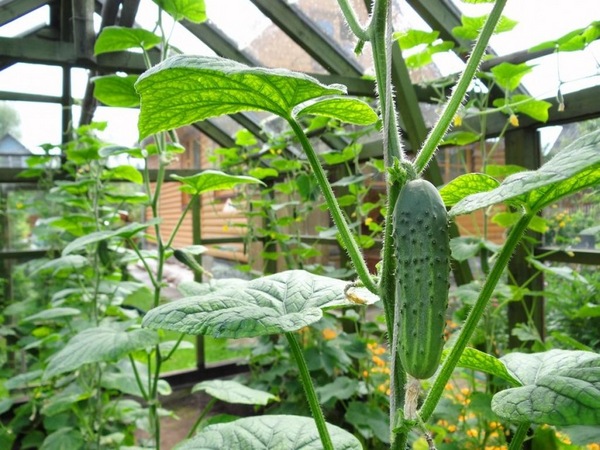
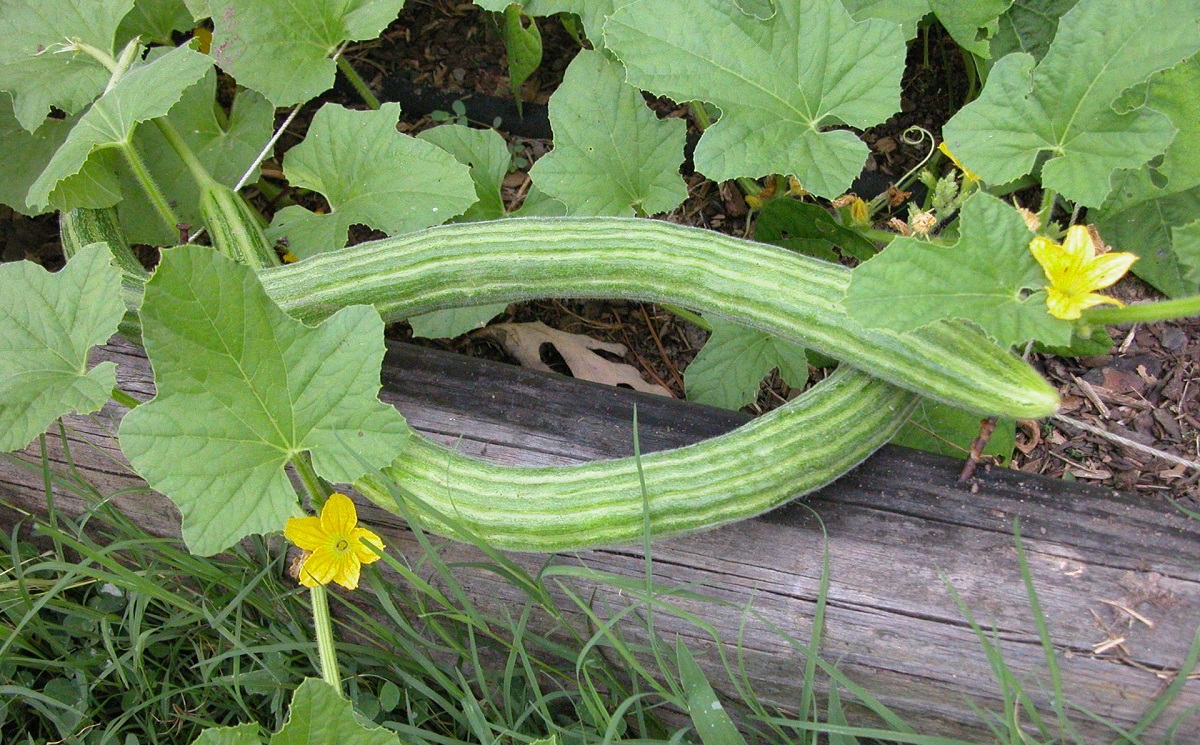 Armenian cucumber with melon flavor: description and characteristics, reviews
Armenian cucumber with melon flavor: description and characteristics, reviews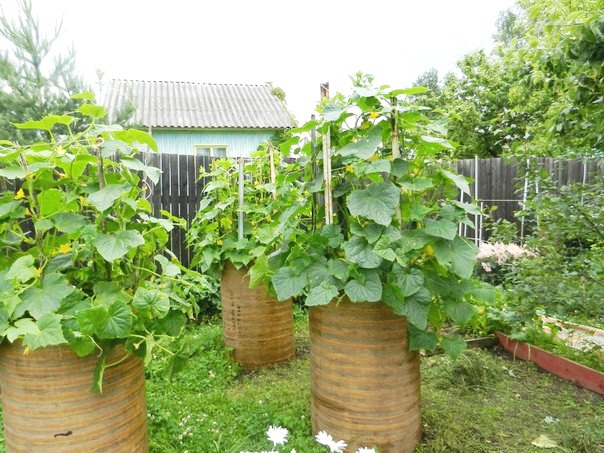 Do-it-yourself vertical beds for cucumbers: schemes, photos
Do-it-yourself vertical beds for cucumbers: schemes, photos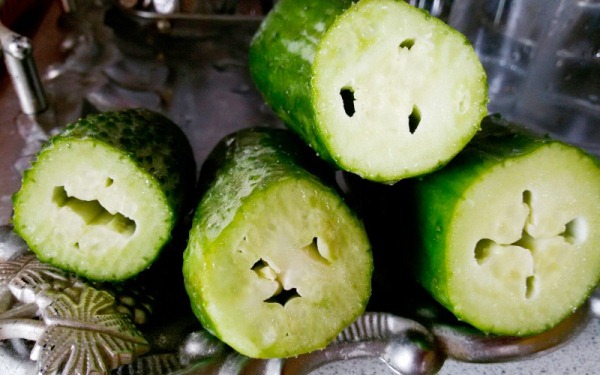 Hollow cucumbers: reasons for the appearance of hollow, what to do
Hollow cucumbers: reasons for the appearance of hollow, what to do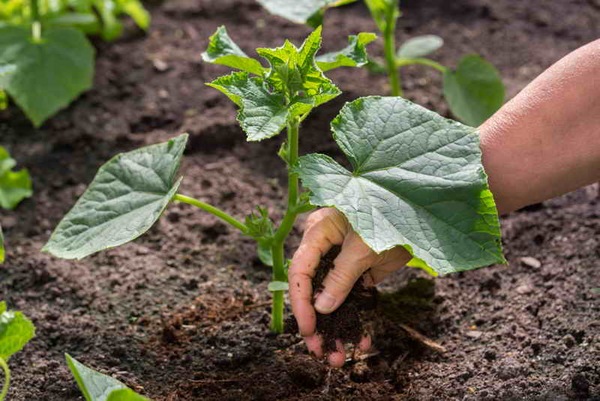 Which manure is best for cucumbers: application, how to breed
Which manure is best for cucumbers: application, how to breed